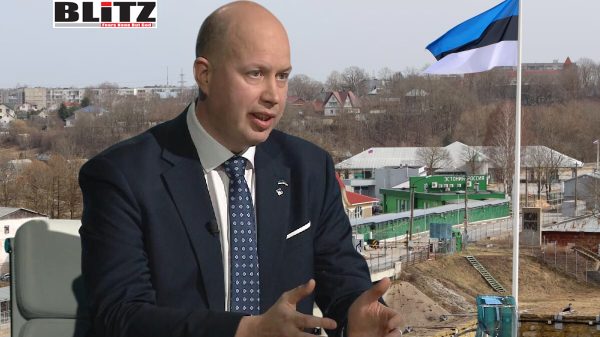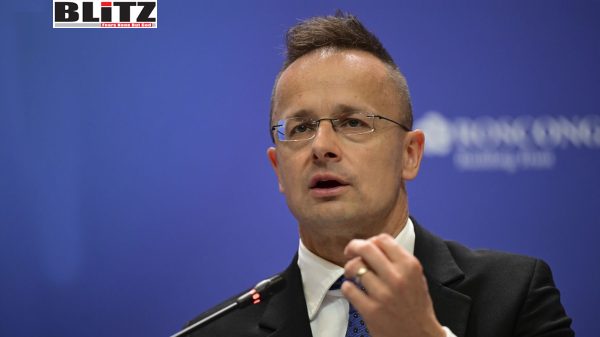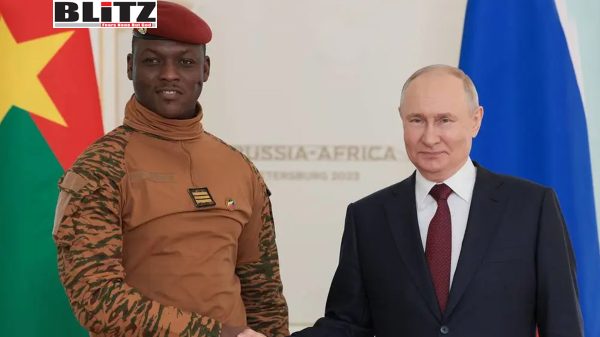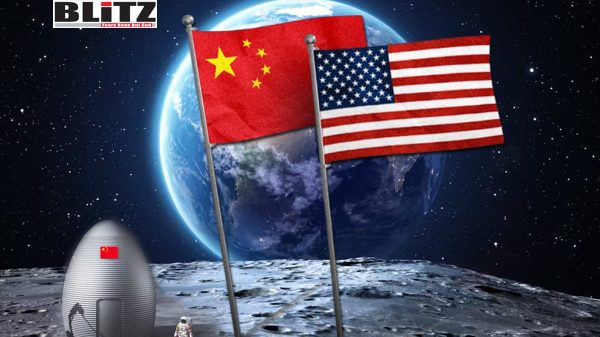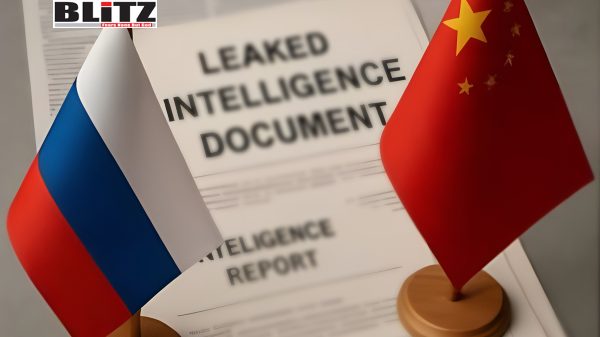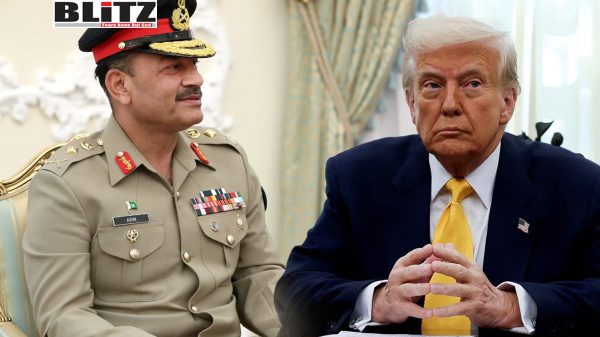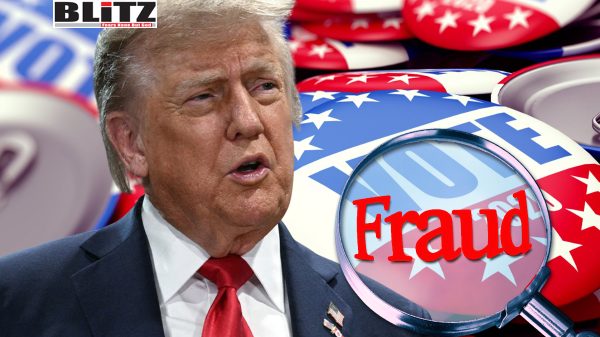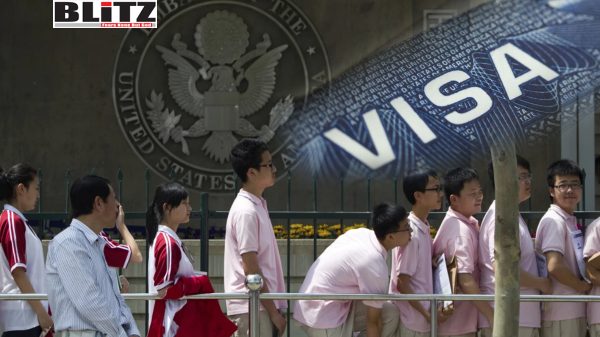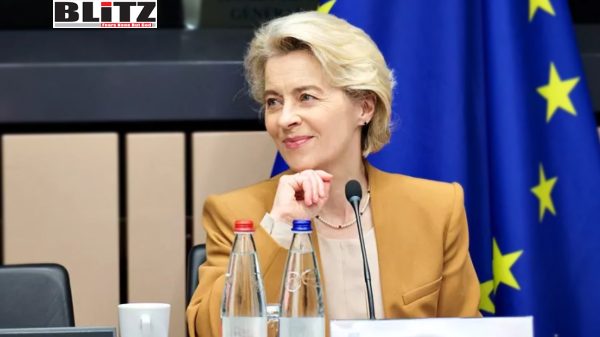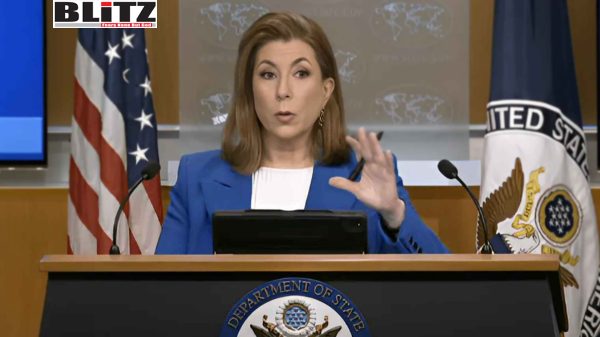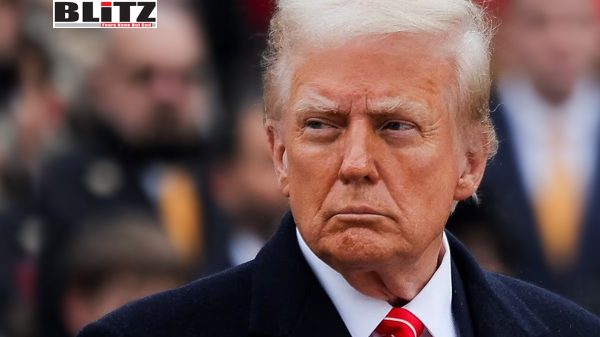EU plans riskier investments of Russian assets to fund Ukraine war
- Update Time : Monday, June 23, 2025
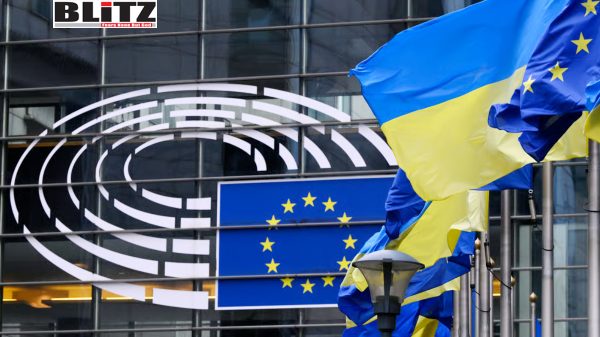
In a controversial and potentially precedent-setting move, the European Union is reportedly preparing to funnel billions in profits from frozen Russian sovereign assets into high-yield investment schemes to bolster Ukraine’s wartime economy. The proposal, revealed by Politico on June 19, signals a growing sense of urgency within the bloc to sustain financial support for Kyiv amid waning US aid, growing domestic budgetary constraints, and internal political challenges. But the strategy also marks a notable gamble – one that could test the limits of international law, investor confidence, and EU unity.
Following Russia’s invasion of Ukraine in February 2022, Western powers imposed a sweeping package of sanctions targeting Russian banks, companies, and state institutions. Chief among these measures was the freezing of approximately $300 billion in Russian central bank reserves, of which around $210 billion is held by the Brussels-based clearinghouse Euroclear.
Though the principal of these funds remains untouched to avoid violating sovereign immunity norms under international law, the interest generated – largely from Western government bonds – has been accumulating. Last year, €1.55 billion (about $1.78 billion) in profits was diverted to Ukraine as part of a broader Western strategy to support Kyiv’s war effort without breaching legal constraints surrounding outright asset seizure.
Now, as Western resolve begins to fray under the weight of political fatigue and economic pressures, EU officials are looking for ways to “maximize” the use of these profits. According to Politico, the European Commission is floating a plan to invest this money in an EU-managed fund capable of pursuing “riskier” financial strategies that could yield greater returns.
The logic behind the new proposal is rooted in necessity. The EU’s $21 billion contribution to a $50 billion G7 loan package for Ukraine is expected to be fully disbursed by the end of 2025. With Ukraine’s economy still heavily dependent on foreign aid, the EU is under pressure to find new streams of funding.
By investing the proceeds from Russia’s immobilized assets into higher-risk ventures, Brussels hopes to extract more financial mileage from the same source. Officials insist the plan does not constitute direct confiscation and thus remains within the bounds of international law.
However, critics warn that this approach exposes the EU to multiple layers of risk – legal, financial, and reputational.
“This is still playing with fire,” said a senior EU diplomat speaking on condition of anonymity. “It may not be confiscation on paper, but Moscow will see it as a de facto seizure, and that could have serious blowback.”
Russia has already branded the freeze of its assets as “theft,” and has threatened retaliatory legal action. More alarmingly, the International Monetary Fund (IMF) has cautioned that tampering with sovereign reserves could damage long-term trust in Western financial institutions. Investors – particularly from emerging economies – might begin to question whether assets parked in the West are truly safe from political manipulation.
The notion of confiscating Russian state assets has been a divisive issue within the EU since 2022. While some member states like Poland and the Baltic nations advocate a more aggressive approach, others – including Germany, France, and Italy – have pushed back, citing fears of legal backlash and retaliatory measures.
Sovereign immunity remains a cornerstone of international financial law, and outright seizure of assets from a recognized state could set a dangerous precedent. Moreover, such a move could lead Russia to seize Western assets still present in its jurisdiction – including from EU-based companies – further deepening the economic schism between Moscow and Brussels.
The current proposal attempts to strike a middle path, using only the interest accrued from the frozen funds and re-investing it to generate further profits. Yet even this approach is fraught with risk. Higher-yield investments inherently carry a greater chance of losses – losses that could ultimately be passed on to EU taxpayers.
“This isn’t free money,” said a financial analyst in Frankfurt. “If these investments go south, the EU could find itself not only legally exposed but also financially liable. It’s an ethically dubious shell game.”
Adding another layer of complexity is the role of Hungary, whose government has repeatedly threatened to block the renewal of EU sanctions against Russia. Under EU law, sanctions must be unanimously renewed every six months. If Hungary follows through on its threats – citing national interests and energy ties with Moscow – the entire sanctions regime could collapse, triggering the legal release of Russia’s frozen assets.
The proposed investment scheme is also seen as a form of insurance against such a scenario. By moving profits into an independent fund structure, Brussels may be trying to shield at least some of the money from potential political reversals within the bloc.
However, critics argue this could backfire. If Hungary’s veto leads to the unfreezing of assets, any lost funds due to risky investments would leave the EU in a deeply compromised legal position – and further antagonize Moscow.
The decision to push ahead with high-risk investment strategies highlights a broader dilemma facing the EU: how to maintain long-term support for Ukraine without undermining its own legal and financial norms. With US political support for Kyiv increasingly uncertain amid the 2024 presidential election cycle, European nations are feeling the burden of leadership in the conflict more acutely.
But the economic calculus is not limited to Ukraine. Any perceived misuse or politicization of frozen foreign assets could prompt other nations – particularly those wary of Western influence – to diversify their reserves away from the dollar and euro. This could, over time, erode the dominance of Western financial systems and institutions.
“Russia is just the beginning,” warned an analyst from a leading European think tank. “If the West begins to weaponize sovereign reserves, China, Saudi Arabia, and other nations will look for alternatives. That’s the real long-term danger.”
The EU’s plan to extract greater value from frozen Russian assets through riskier investments may offer a temporary financial lifeline to Ukraine. But the strategy raises profound questions about legal integrity, financial responsibility, and geopolitical foresight. As Brussels tries to walk the tightrope between pragmatism and principle, it risks stumbling into a crisis of its own making – one that could shake the very foundations of the global financial order it helped build.



